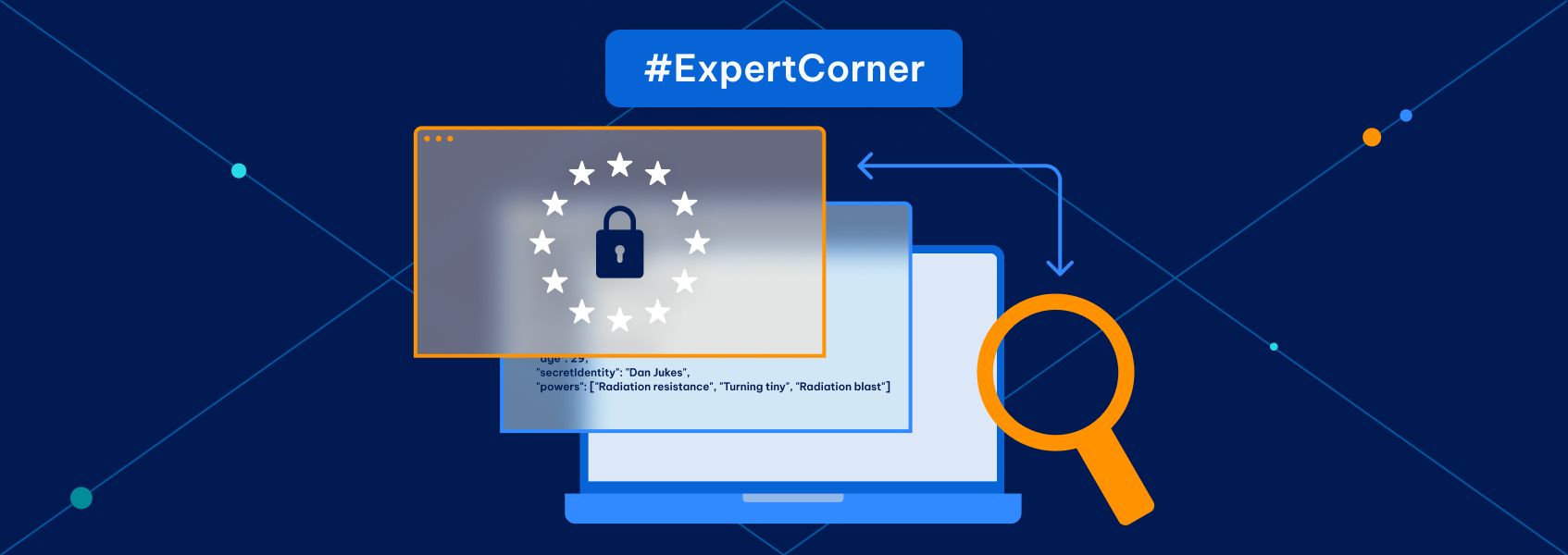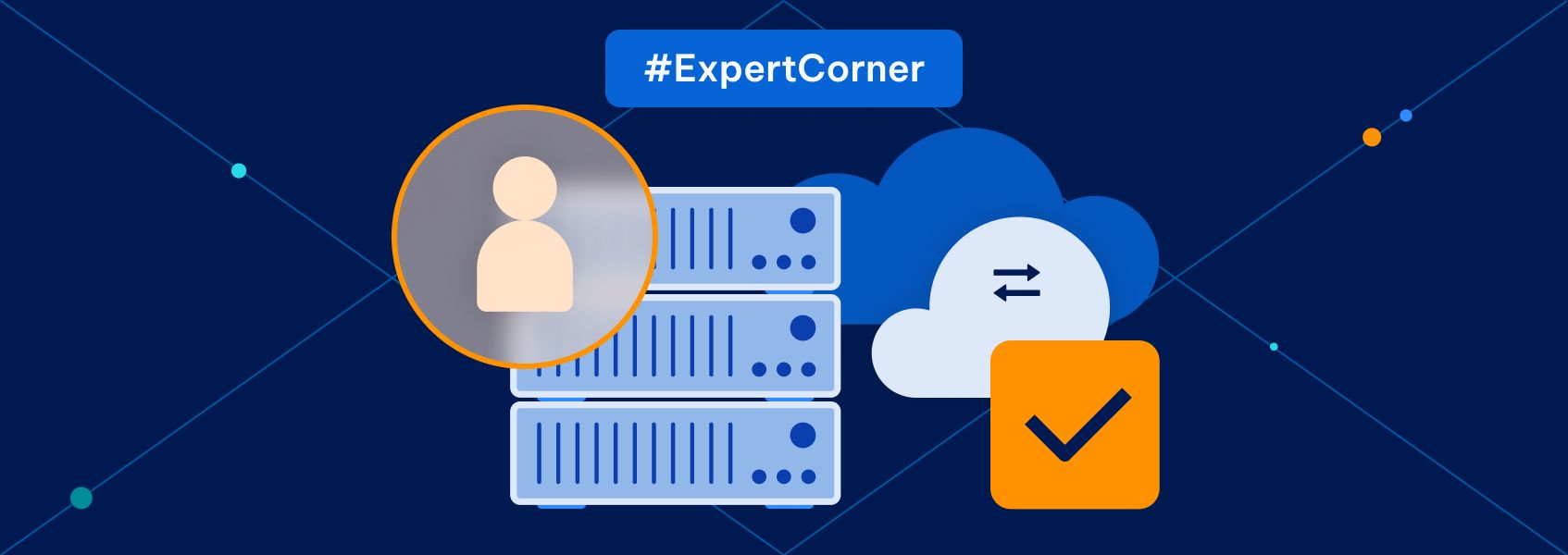Protecting the Protectors: Ensuring Proxy Server Security in 2024


Gary Espinosa
Last updated -
In This Article
Proxy servers (or proxies) are essential tools for internet security and accessibility. However, they are not immune to cyber threats, potentially leaving organizations open to a disastrous data breach or ransomware attack.
In this article, we will explore the key risks associated with proxy servers and outline the advanced tactics cyber experts employ to shield proxies from vulnerabilities. From ensuring end-to-end encryption to regular patching routines, we will provide a unique insight into the world of proxy fortification.
Proxy Servers: What Are They and Why Use Them?
A proxy server is a software system or physical hardware, such as a router, that acts as a gateway between network users and the internet. This helps to significantly boost cybersecurity and prevent unauthorized access to the network.
Likewise, it’s worth noting that there are two types of proxies:
- Forward proxies
They’re set up and managed locally and forward the client’s requests to other servers. Content filtering, caching, and internet access control are its most prominent uses.
- Reverse proxies
Utilized for accessing geo-restricted content and web scraping, reverse proxies require minimum input from the user, usually only a request. The service provider handles everything else.
A proxy is fundamentally an intermediary server that provides a security barrier between the end user and the web pages they visit. Furthermore, there are four key reasons why an organization should use a proxy:
1. Control
Forward proxy servers allow administrators to control what websites and online content a user can visit, helping to reduce the chances of a website being visited that may attempt to install malware onto a computer.
2. Privacy
By masking the IP address of a system and any personal data stored on it, a reverse proxy offers a high level of privacy, making it difficult for cybercriminals to obtain login details and personally identifiable information (PII).
3. Performance
Web proxies cache web pages, which means a copy of the latest version of the website is stored so it can be loaded very quickly when a user returns to it. This significantly improves speed, allowing users to work more effectively without being hindered by slow-loading web pages while also saving on bandwidth.
4. Security
With the correct configuration, proxy servers can encrypt server requests, providing a strong layer of security and an alternative to traditional VPNs. Proxies also prevent most types of malware from infiltrating the server and network, guarding against a range of cyber attacks.
The Different Types of Proxy Servers
Before we discuss proxy security tactics, it is important to know the different types of proxy servers that each have different use cases.
- Transparent proxies
A transparent proxy does not shield IP addresses as its main purpose is to control what content users can access, typically used by schools and public institutions.
- Anonymous proxies
Anonymous proxies do not share IP addresses and are designed to keep personal data and browsing histories private , as well as blocking targeted marketing content such as pop-ups.
- Distorting proxies
Distorting proxy servers create false IP addresses and send them to the website, cloaking the original IP. This works in a similar way to a VPN by masking the user’s and server’s location.
- High anonymity proxies
This type of proxy periodically changes the IP address that is sent to web servers, making it impossible to keep track of the user’s activity. This proxy offers the highest level of security.
Proxy Server Vulnerabilities
The level of anonymity and safeguarding that is provided by proxy servers can be extremely advantageous to organizations. However, without the correct configuration and setup, proxy servers do present a number of vulnerabilities of their own.
Viruses and Malware
Some proxy server providers may offer a poorly developed solution or worse, create proxies for malicious purposes such as installing viruses and jeopardizing email communication . By doing so, malware can execute a range of attacks, such as installing ransomware, eavesdropping software, or password-stealing and keylogging tools.
Logging
Many web proxies store unencrypted IP addresses and web request information, providing some risk in terms of data security. This data could be sold to a third-party vendor, so it is always advised to read any small print before choosing a proxy server provider.
Avoid Free Proxy Server Solutions
Free proxy servers are available at no cost because the costs to develop them were minimal, often (but not always, of course) very slow and unreliable. Read our blog post on paid vs free proxies to find out more. Likewise, since these proxies are available to everyone, they’re often abused and websites regularly block them because of the actions of someone else. In the worst-case scenario, new users might get unwittingly embroiled in legal issues.
Free proxies can also impact performance levels and provide insufficient data security. However, the main risk of a free proxy is that some are designed for malicious purposes, potentially stealing personal information and bank details from users.
Identity Theft
Although a key purpose of a proxy is to keep data and IP addresses safe from cybercriminals and malicious websites, the proxy vendor itself will have full access to all the information exchanged across the server. Hence, choosing a vendor without adequate research could see information sold on the dark web or used for fraudulent activity.
External and Internal Software Risks
Websites are not the only consideration. In fact, third-party, external software poses an equal amount of risk in terms of a potential data breach or malware attack. Without the proper configuration, a forward proxy server could leave the door open for threat actors to gain unauthorized access to a network if external software is not regularly updated. It can even be enough to breach zero-trust security frameworks .
Likewise, another key pillar of proxy server protection is minimizing risks coming from internally used software. Even if you believe there’s no apparent risk, you should avoid both unverified software and mainstream solutions. For instance, if you have to store data, opt for internal cold storage with limited access. Similarly, it’s better to view documents in a React app than to hope that Office 365 and Google Workspace have been patched properly.
The Cost of a Lack of Cybersecurity
Investing in a proxy server is just one of many cybersecurity measures that need to be taken by businesses in 2024. The financial implications of not having a comprehensive data privacy and cybersecurity plan go beyond cyber attacks. A lack of protection can also have a big impact on costs such as insurance, maintenance, and mitigation.
When assessing the security protocols for proxy servers, organizations often focus on the immediate expenses like software, hardware, and manpower. However, the hidden costs of poor security measures can be exponentially higher, especially in terms of cyber insurance and mitigation costs.
From the emergency protocols to bring services back online to the resources needed to address a tarnished brand image, the costs stack up quickly. One overlooked area is the long-term impact, specifically in terms of rising business insurance costs . As cyber threats escalate, insurance providers are recalibrating premiums to reflect the heightened risks involved.
Ensuring Proxy Security in 2024
Regardless of which proxy server is installed, there are a number of best practices that should be followed to ensure any vulnerabilities are mitigated, and potential threats are avoided.
If you’ve chosen a forward proxy, here’s what you should do:
- Make sure proxy server software is regularly updated and that the latest security patches have been installed.
- Enforce strong authentication to prevent any unauthorized access to the proxy server.
- Implement end-to-end encryption, such as SSL/TLS encryption , whenever a user connects to the proxy server and a web host. This will provide encryption for the entirety of the connection, protecting the user’s privacy.
- Use monitoring tools to measure the proxy’s performance, including logging any unusual behavior or suspected attempt to breach the system.
- With 99% of businesses saying they’re investing in AI , you must stay informed about the latest threats and destructive potential of malicious tools.
- Configure a firewall to add an additional layer of security.
- Perform testing using an online proxy testing tool to ensure it functions and performs as it should.
- Regularly review access controls and keep documentation on permissions across the entire network.
- Create processes to review proxy server settings on a quarterly basis, ensuring they align with the organization’s overall cybersecurity strategy and protect against modern cyberattacks.
- Create backups of proxy server settings and configurations to ensure they can be quickly and easily recovered to avoid potential data loss or downtime.
- Stay up-to-date regarding the latest threat intelligence and known vulnerabilities to take a proactive approach to cybersecurity.
- Keep informed about changes to proxy server technology and new advancements so that the latest tools and features can be implemented to protect the network better and boost performance.
However, if you’re looking to stay secure with a reverse proxy, you ought to take the following measures:
- Choose a reputable proxy provider. Check user reviews, and avoid free options and providers with a bad reputation. If an offer sounds too good to be true, it probably is.
- Review the Terms of Service and Privacy Policy documents to understand how your information is managed, stored, and shared.
- Understand different proxy types (data center, residential, shared, dedicated, etc.) so you can choose the right option for your needs.
- Choose providers that offer multiple authentication options (username + password AND IP whitelisting). A username and password can be stolen, but an IP can’t, so whitelisting ensures you have full control over who can access your proxies.
- Regularly monitor activity. Make sure your proxy provider offers a clear overview of proxy activity so you can easily detect any suspicious activity.
Conclusion
Proxy servers are a vital component of an overall cybersecurity plan, helping to protect data sent across the internet and prevent malware from finding its way onto a system.
However, proxy servers present their own risks and vulnerabilities, meaning best practices need to be followed to guard against cybercrime and data breaches. These best practices range from regularly updating software and installing security patches to good housekeeping, such as maintaining logs and access control documentation.

Author
Gary Espinosa
Technical Support Engineer
Gary is a copywriter with over 10 years of experience in software development, web development, and content strategy. He specializes in creating high-quality, engaging content that drives conversions and builds brand loyalty. He has a passion for crafting stories that captivate and inform audiences, and he’s always looking for new ways to engage users.
Learn more about Gary Espinosa


